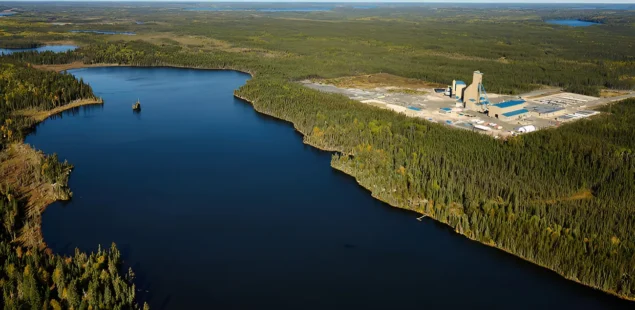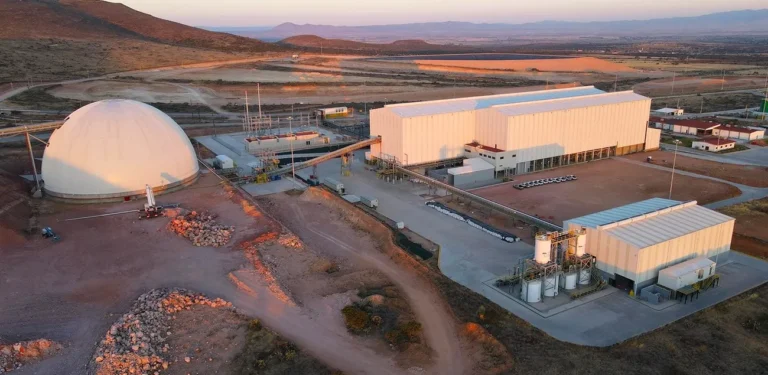
Glencore has released its full-year 2024 production report, highlighting a year of operational progress and strategic acquisitions. CEO Gary Nagle emphasized the importance of the acquisition of EVR and shareholder support for retaining Glencore’s coal business. The company saw a net addition to its mineral reserve base, particularly in copper at Antamina, bauxite at MRN, and steelmaking coal through the EVR acquisition. Updated guidance for the 2025-28 period, including capital expenditures and 2025 unit cost estimates, will be provided alongside the 2024 preliminary results on February 19.
Production volumes for 2024 remained within guidance ranges, with stronger performances in the second half of the year. Copper production increased by 26,000 tonnes (+6%) in H2, driven by Antapaccay’s recovery and higher grades at KCC. Zinc output rose by 71,000 tonnes (+17%) due to higher contributions from Kazzinc, Mount Isa, and Antamina. Energy coal production rose by 5.2 million tonnes in H2, while steelmaking coal production saw a significant increase of 13.1 million tonnes, primarily from EVR’s operations.
2024 Production Summary:
- Copper: 951.6 kt (-6% vs. 2023)
- Cobalt: 38.2 kt (-8%)
- Zinc: 905.0 kt (-1%)
- Lead: 185.9 kt (+2%)
- Nickel: 82.3 kt (-16%)
- Gold: 738 koz (-1%)
- Silver: 19,286 koz (-4%)
- Ferrochrome: 1,166 kt (steady)
- Steelmaking coal: 19.9 Mt (+165%)
- Energy coal: 99.6 Mt (-6%)
Key Highlights:
- Copper production was impacted by lower output at Antapaccay and Collahuasi due to geotechnical challenges, though second-half performance improved with increased production from KCC and Mount Isa.
- Cobalt production declined due to lower grades at Mutanda.
- Zinc production remained stable, with gains from Zhairem offsetting lower output from Antamina.
- Nickel production fell due to the transition of Koniambo (KNS) to care and maintenance.
- Steelmaking coal output surged due to the acquisition of EVR, while energy coal volumes declined due to scheduled mine closures and logistical challenges.



